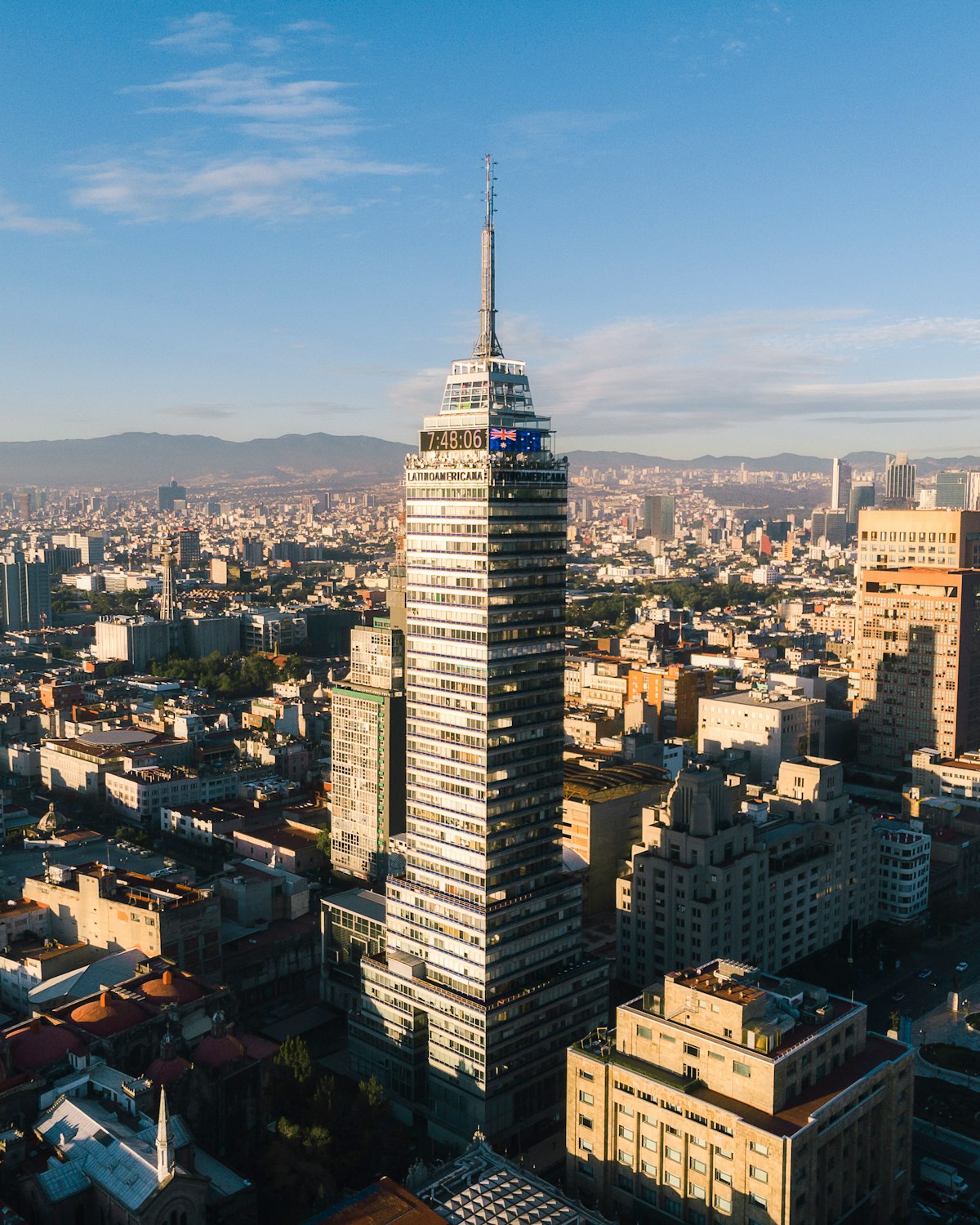Mexico City Government presents the progress of the Environmental and Climate Change Program 2019-2024
Mexico City's climate action plan is fully complying with the guidelines established in the Paris Agreement. Reduction of 1 million 129 thousand 805 tons of CO2e per year has been achieved from December 2019 to August 2021, which is equivalent to 160,546 vehicles stopping circulating for a year.

The Government of Mexico City presents the progress of the Environmental and Climate Change Program 2019-2024, which has allowed improving environmental conditions and mitigating carbon emissions generated by the City.
It highlights the recognition that the C40 leadership group gave to Mexico City for being a city that in its Local Climate Action Strategy 2021-2050and its Climate Action Program 2021-2030, fully complies with the guidelines established in Paris Agreement, by committing to emissions neutrality by 2050.
It recognizes that the mitigation measures are ambitious and were proposed with a methodology that allows quantifying the maximum amount of carbon that the city can emit into the atmosphere until the middle of the century. Also, for committing to a long-term adaptation plan and implementing actions for the care and security of communities, infrastructure, and the economy in the face of the current and expected impacts of climate change.
Through seven guiding axes, the Environmental and Climate Change Program 2019-2024 represents the City's climate commitments in the short term, with a goal of 10% mitigation of emissions by 2024.
From December 2019 to August 2021, a reduction of 1 million 129 thousand 805 tons of CO2e per year has been achieved, which is equivalent to 160 thousand 546 vehicles stopping circulating for a year or 25 days without vehicles circulating in Mexico City or the reforestation and care of 2 million 874 thousand 801 pine trees (Pinus ayacahuite) for 50 years.
The "Revegetation of the countryside and the city" axis has mitigated 74,249 tons of CO2e per year; the activities contemplated in the "Rescue of rivers and bodies of water" axis resulted in the mitigation of 2,818 tons of CO2e per year; the "Sustainable water management" axis resulted in a reduction of 154 tons of CO2e per year; The "Zero Waste" axis mitigated 403,468 tons of CO2e per year; the "Integrated and Sustainable Mobility" axis reduced 59,420 tons of CO2e per year; the actions of the "Air Quality" axis mitigated 556,549 tons of CO2e per year; and finally, the "Solar City" axis mitigated 33,147 tons of CO2e per year.
One of the goals of the Environmental and Climate Change Program is for the city to increase the number of areas with vegetation, and to this end, the city is committed to planting 40 million plants, in addition to restoring more than 1,000 hectares of public parks. In addition, 85 kilometers of rivers and waterways will be restored to create clean water ecosystems that offer new public spaces.
To achieve a city with zero waste, actions have been undertaken to reduce the amount of waste generated, such as the prohibition of disposable plastics; also to increase the level of recycling and the generation of compost, as well as to promote a circular economy. The goal for 2024 is to reduce by 50 percent the volume of waste going to landfills, compared to 2018.
The construction of two Cablebus lines represents a step towards sustainable mobility. This means of transportation not only reduces travel times but also improves air quality by mitigating polluting emissions. Line 2, for example, which runs from Constitución de 1917 to Santa Marta, mitigates more than 7,000 tons of CO2e per year, which is equivalent to the reforestation and care of 19,643 pine trees for 50 years.
To move towards clean energy, in collaboration with the Mexican government, we are building a solar park on the roofs of the Central de Abastos in Mexico City; it will be the largest solar farm ever built inside a city. It will have an installed capacity of 18 megawatts and will generate electricity equivalent to the consumption of 15,240 homes.
Another achievement for Mexico City is that in June of this year, the new Law on Mitigation and Adaptation to Climate Change and Sustainable Development came into force, which strengthens the work and the path that the City has set out to become a Sustainable City.
Details of the progress of the Environmental and Climate Change Program 2019-2024 can be consulted on the website of the Ministry of the Environment: https://www.sedema.cdmx.gob.mx/storage/app/media/Cambio Climatico/AvancesProgramaAmbientalYDeCambioClimatico2019-2024.pdf.
Source: SEDEMA




